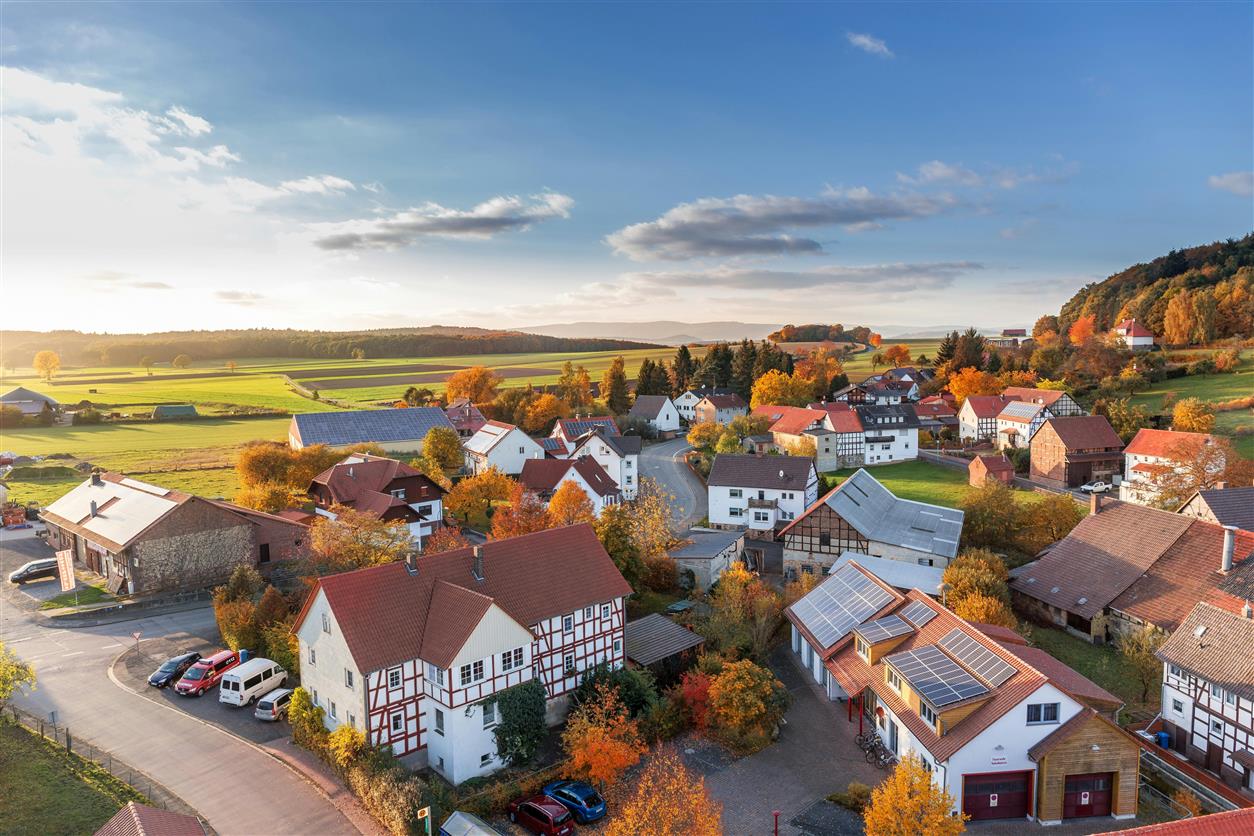
In a world that often feels noisy, fast, and fragmented, more people are choosing to live small—and live together. The rise of micro-communities and intentional living spaces isn’t just a response to housing shortages or rising costs. It’s a cultural shift. One that speaks to a growing desire for meaning, connection, and control over how we live and who we live with.
These aren’t your average neighborhoods. They’re curated, values-driven, and often deeply personal. Whether it’s a cohousing community centered around ecological practices, a multi-generational complex built for collective caregiving, or an urban pocket of artists pooling resources and support, intentional living is reframing how we define “home.”
What Exactly Is a Micro-Community?
A micro-community is typically a small, tight-knit group of people living in close proximity—physically, emotionally, and ideologically. Unlike traditional neighborhoods, which are often defined by geography and randomness, micro-communities are rooted in shared purpose.
Some take the form of co-housing: private homes clustered around shared amenities like kitchens, gardens, and gathering spaces. Others are urban collectives, where a building or block is transformed into a social ecosystem. Then there are rural land trusts, spiritual retreats, van-life meetups, or even digital-first collectives that spill into the physical world through pop-ups and residencies.
What binds them isn’t architecture—it’s intention. Residents choose not only the place but the people, the ethos, and often, the rules.
Why Now?
The interest in micro-communities has been simmering for decades, but it has gained momentum in recent years for several reasons:
- Housing Fatigue: Rent is up. Mortgages are harder to secure. Living alone is increasingly out of reach for many, particularly younger generations. Micro-communities offer a way to share resources without sacrificing autonomy.
- Crisis of Loneliness: Modern life is paradoxical—hyperconnected online but socially disconnected in person. Studies show that isolation has tangible mental and physical effects. Intentional living offers a built-in support network.
- Cultural Burnout: The hamster wheel of modern urban life—commutes, endless errands, transactional relationships—has led many to reevaluate what they actually want from daily existence. The answer, for some, is a smaller, slower, more cooperative way of living.
- A Desire for Meaningful Belonging: Political polarization and social fragmentation have pushed people to seek out communities that reflect their values. Micro-communities become havens, where residents don’t have to constantly negotiate identity or purpose.
Designing for Connection
These spaces aren’t haphazardly thrown together. The best-functioning micro-communities are deeply considered—from physical layout to social governance.
Some prioritize common spaces over square footage. Think shared gardens, group meals, communal laundry facilities, or open studios. The point is to design interaction into the daily rhythm, rather than treat it as an occasional add-on.
Others use systems like consensus decision-making, shared ownership models, or rotating roles for chores and maintenance. While these structures can sound utopian (and sometimes overwhelming), they’re meant to distribute power and responsibility more equitably.
This isn’t always easy. Conflict, burnout, and personality clashes are real. But for many, the trade-off is worth it: more agency, more meaning, and more community than traditional living arrangements offer.

The Economic Realities
While the ethos is often idealistic, economics still plays a huge role in the growth of micro-communities. Pooling resources allows residents to cut costs—on food, child care, utilities, and even mortgages.
Some micro-communities operate as cooperatives, while others use shared equity models where everyone has a stake in the property. These financial structures not only reduce individual burden but also help keep gentrification in check, allowing long-term residents to stay rooted even as housing markets shift.
There’s also an entrepreneurial side. Some communities offer workshops, open their spaces for events, or even launch small businesses (like coffee shops or CSA farms) to support themselves. These aren’t just places to live—they’re living ecosystems, balancing personal needs with collective resilience.
Who’s Living This Way?
Contrary to stereotypes, micro-communities aren’t just for back-to-the-land idealists or Silicon Valley futurists. They’re popping up across the social spectrum:
- Young professionals looking for affordable, values-aligned housing in big cities.
- Elders who want to age in place with dignity and support.
- Parents seeking a “village” to help raise children.
- Artists and creatives craving collaboration and shared inspiration.
- Queer and marginalized folks building safe, affirming homes.
- Remote workers tired of feeling untethered or isolated.
What they all share is a willingness to opt out of mainstream housing narratives—and co-author something different.
The Challenges of Intentional Living
Micro-communities are not utopias. They come with real challenges.
- Governance: Who makes decisions? What happens when there’s a split in values or vision?
- Privacy: How do you balance intimacy and independence in close quarters?
- Legal Hurdles: Zoning laws, HOA regulations, and property codes can complicate community designs.
- Burnout: It takes energy to sustain shared systems and emotional labor to navigate group dynamics.
- Exclusivity: There’s a risk that intentional communities become echo chambers, lacking diversity or becoming insular.
Still, for many, these challenges are preferable to the alienation, cost, and precarity of traditional housing.
A Glimpse at the Future?
Micro-communities aren’t going to replace cities or suburbs anytime soon. But they are becoming more visible—and more viable. From policy-makers exploring cooperative zoning to architects rethinking multi-family design, the ripple effects are starting to show.
Even mainstream developers are paying attention. Some new housing projects are borrowing cues from co-living and intentional community models, marketing “curated” residents, shared amenities, and communal programming. Whether these efforts stay true to the spirit of the movement is another matter.
But at their core, these spaces represent something deeper: a quiet rebellion against the idea that the good life means having more stuff and fewer people. They ask us to imagine a different kind of wealth—measured in time, belonging, and shared purpose.
Final Thought
The rise of intentional living spaces doesn’t mean everyone will—or should—move into a commune. But it does suggest something fundamental is shifting. People are reevaluating what “home” means, what community requires, and how we might live better—not just more efficiently.
In a fractured world, micro-communities offer a small but potent reminder: we are not meant to live alone, or to build alone. Sometimes, choosing who we live with matters just as much as where we live. And in that choice, something powerful begins.



